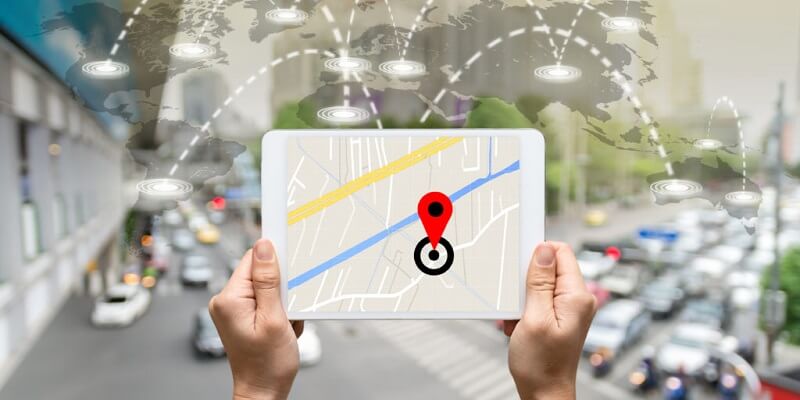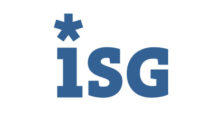ISG reveals: Why airlines and hotels must modernize their services
The travel industry experiences a constant upstream. In 2016, 3.8 billion people travelled by plane, and 2017 will reach an even higher number. This proves what should already be clear: Traveling is no longer exclusive for privileged people. Read in this article how airlines and hotels have to adjust to the new target groups.
While traveling seems to be mainly independent from digitalization at a first glance, various trends connected with digitalization such as the ubiquity of smartphones in customers’ daily lives and the emergence of new services such as ride-sharing change how customers interact and spend money in the travel and hospitality industry.
More and more travel-related startups
Moreover, the suppliers’ side is also undergoing major changes. This change is mainly represented by a radical increase of travel-startups’ fundings: The amount of funding they received over the past 18 months corresponds to the amount they received in the prior eleven years. This reflects a stronger presence of startups in today’s travel and hospitality industry, what can constitute a competitive threat to established companies.
These three challenges call for moderinzation
The combined changes on customer and supply side, leave a traditional company in the T&H industry with three major challenges:
- Acquiring new guests and customers who might differ from the previous customer base.
- Maintaining the relationships with existing customers during increased consumption.
- Creating a sustainable competitive advantage to succeed against disruptive entrants and startups.
Reaching customers through technology
One major key in overcoming these challenges is technology. The main difficulty for those enterprises is to find and incorporate the right technology mix – including Internet of Things (IoT) solutions and analytics – in their service offerings.

There are various digital interfaces also for travelling. (Image source: YouTube / Aruba)
First attempts regarding the modernization of T&H service offerings already exist, supporting their practical relevance. The ski area at the Stubaier glacier offers WIFI within their gondolas. The iHotel in Taywan, Taoyuan City tries to attract customers by offering hotel rooms equipped with high performance gaming computers, which should offer entertainment at otherwise lazy evenings in the hotel.
The airline Emirates has been targeting these young customers for some time. Their latest service offer: A private room in first class with virtual windows.
Inside Emirates’ new first class suites with virtual windows and NASA-inspired seats pic.twitter.com/wEbAj4hwwn
— Business Insider (@businessinsider) December 8, 2017
The tourism organization Davos-Destinations-Organisation goes one step further and plans on using a chatbot for customer service and will introduce a digital guest card in 2018. Furthermore, the Steigenberger Airport Hotel Frankfurt Germany is one of the first to use wearables to better organize their services around housekeeping and room-maintenance.
Inspiration and strategies
Are you interested in revising the business model of your company with new approaches?
ISG has released a white paper entitled Connecting Customer to the Travel & Hospitality Industry which explains how travel companies can meet the challenges of today by integrating IoT solutions and finding new ways to engage with customers.
This article is partially based on an article by ISG.
Source of title image: Tzido / iStock
[plista]


